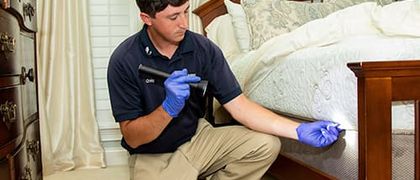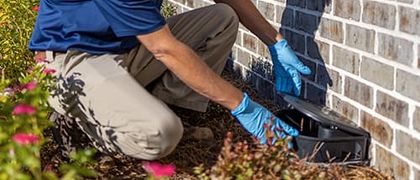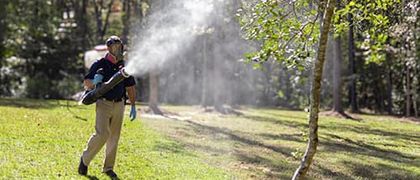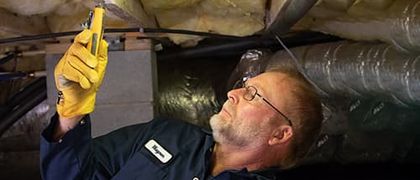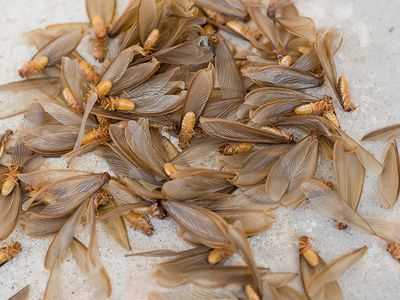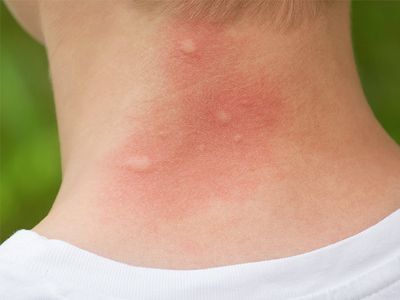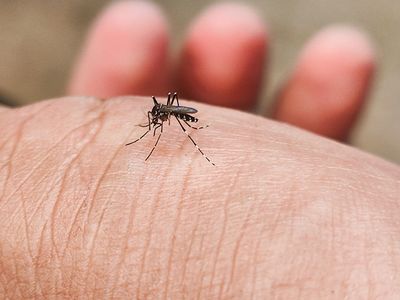What do Norway rats look like?
Norway rats, also called brown rats, are medium to large-sized rodents averaging 16 inches in length including the tail, and weigh an average of about one pound. These rats have coarse brown or grayish brown fur on their upper bodies and a lighter color on their bellies. Unlike roof rats whose tails are longer than their bodies, Norway rats have tails that are shorter than their bodies. They have small ears, relatively small eyes, and a blunt snout.
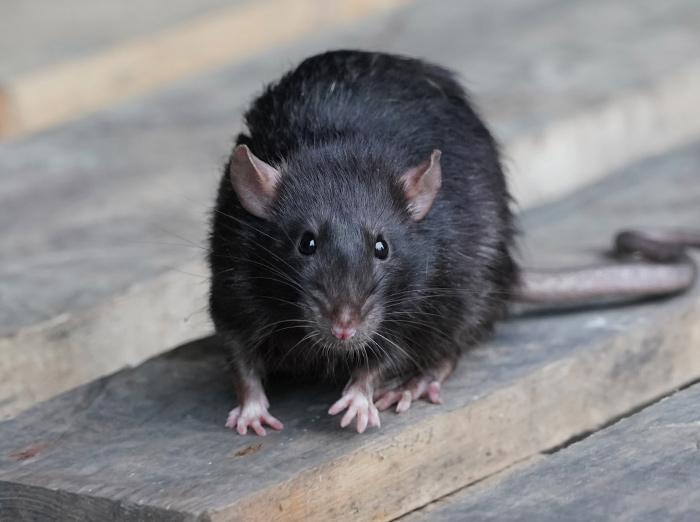
When are norway rats most active?
How do Norway rats differ from roof rats?
Norway rats are larger than roof rats, with a more heavy-set appearance. As noted above, they have shorter tails and smaller ears. Roof rats have slender bodies, longer tails, and larger ears.
Where are Norway rats found?
Norway rats are usually found near people and thrive in urban and suburban areas. Inside homes, they’re often found on lower levels, such as basements and crawlspaces, but are also found in attics. Outside, Norway rats burrow in soil, under structures, and amid debris. They also reside in sewers.
Are Norway rats dangerous?
Not only do Norway rats cause damage to property through their gnawing and nesting behaviors, they can also transmit diseases and create health hazards through their feces, urine, and saliva.
How fast do Norway rats reproduce?
As is the case with most rodents, Norway rats are prolific breeders, producing several litters per year.
What do Norway rats eat?
Since Norway rats are omnivores, they’ll eat almost anything they can find including, but not limited to grains, meats, fruits, and vegetables.
How can I identify a Norway rat infestation?
Common signs of a Norway rat infestation include gnaw marks, droppings, nests made of shredded materials, and burrows. You might also hear nocturnal noises, as Norway rats are primarily active at night.
How do Norway rats get inside?
As is the case with other rodents, Norway rats are opportunistic and resourceful when it comes to finding ways into homes and other structures. Gaps and cracks that can accommodate their girth are potential entry points, as are unprotected vents and openings, holes around utility lines, easily accessed crawl spaces and attics, broken or uncapped sewer lines and grain pipes as well as open doors and roof openings.
What should I do if I suspect a Norway rat infestation?
If you suspect a Norway rat problem, it’s imperative that you take prompt action to prevent a larger infestation. These rats will not go away without assistance and in fact, will only grow in numbers. While there are plenty of DIY rodent control options available, most only address the foraging rats and do not address the root cause of the infestation. What’s more, if used improperly, they can be a threat to health and safety.
How do I get rid of Norway rats?
The best way to address a Norway rat infestation is to contact a local pest control company that specializes in rodent control. At Harris Pest Control, we offer rodent control services in the Pee Dee and Grand Strand regions of South Carolina and take pride in offering affordable and effective treatments for rats and other types of rodents. For relief from your rat problem, simply give us a call (or fill out our form below) to schedule your free rodent inspection!
How can I keep Norway rats away?
To prevent Norway rat infestations, we recommend the following rodent prevention tips:
- Seal entry points
- Keep doors and windows closed
- Maintain cleanliness
- Secure trash cans with tight-fitting lids and empty indoor trash cans regularly
- Fix indoor and outdoor leaks
- Eliminate standing water
- Address moisture problems in your crawlspace or elsewhere in your home
- Store firewood away from your home and up off the ground
- Fit vents and other openings with rodent-proof screens











